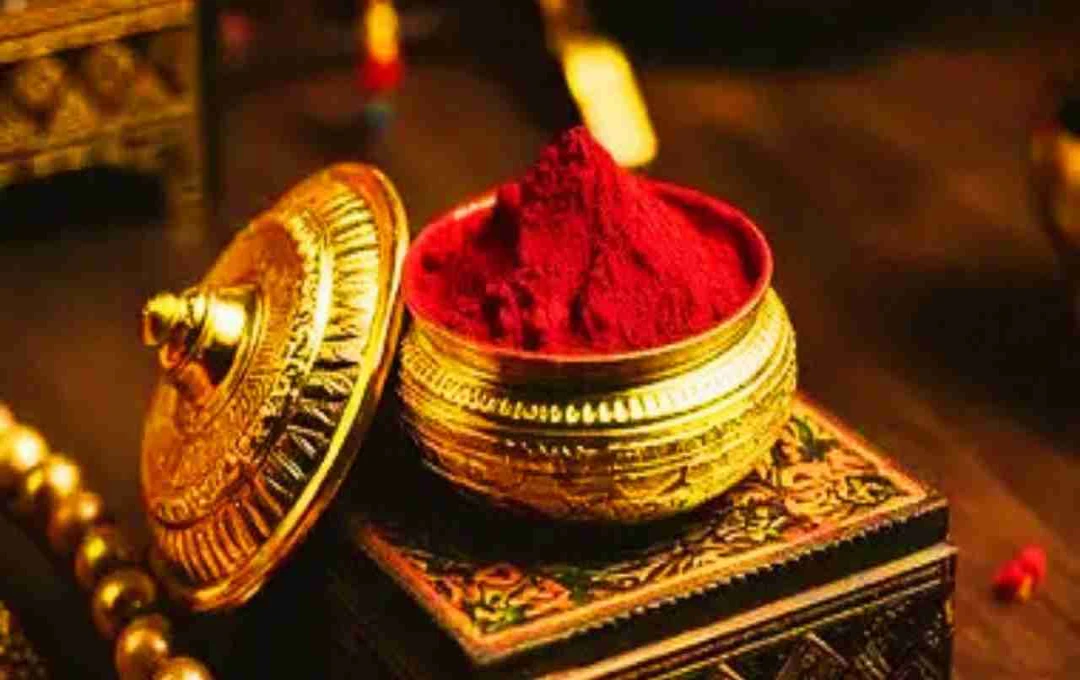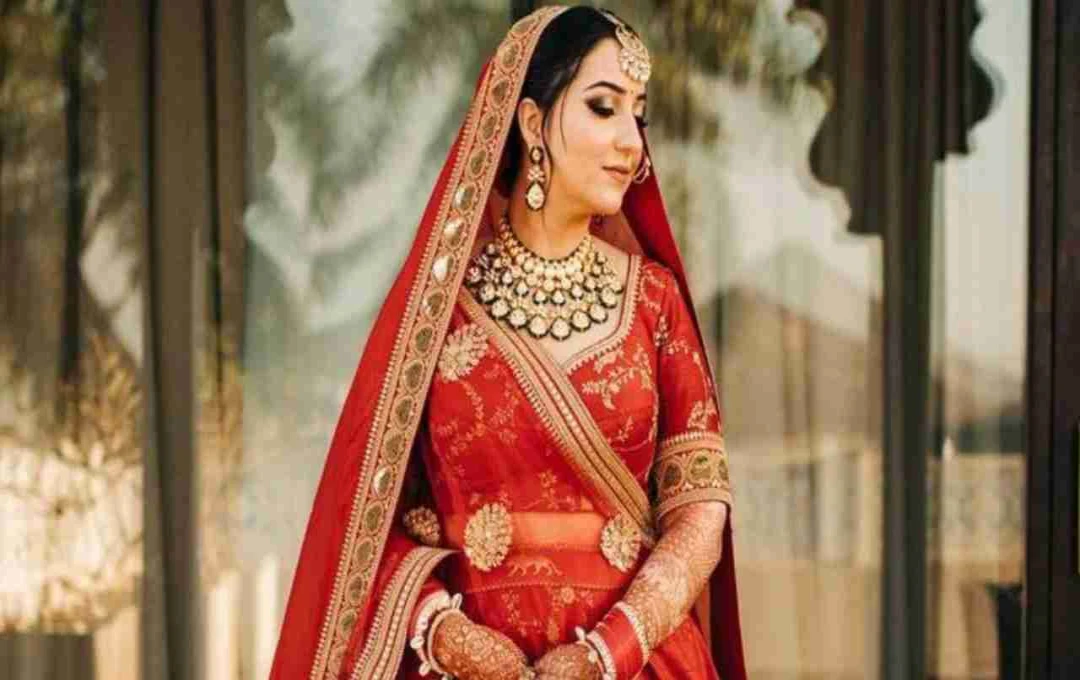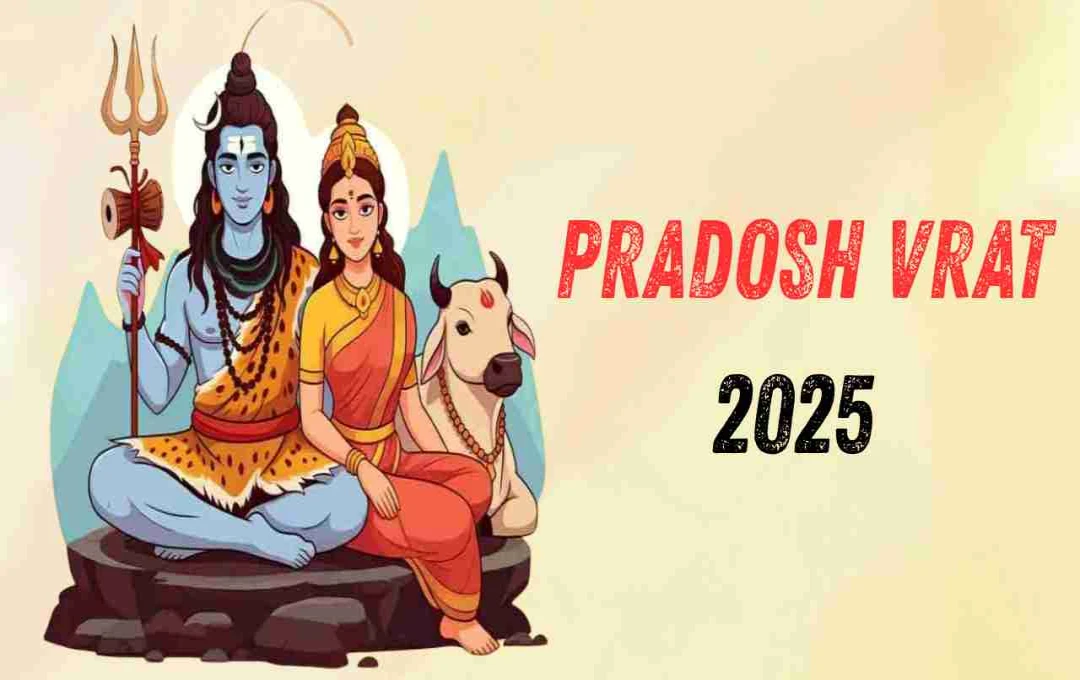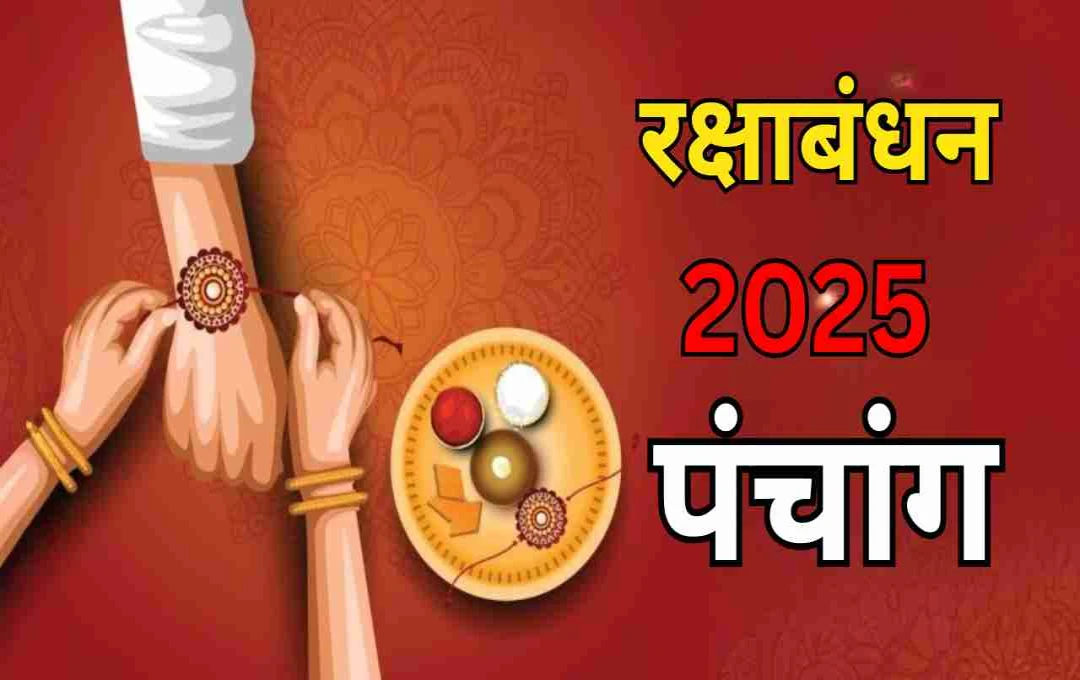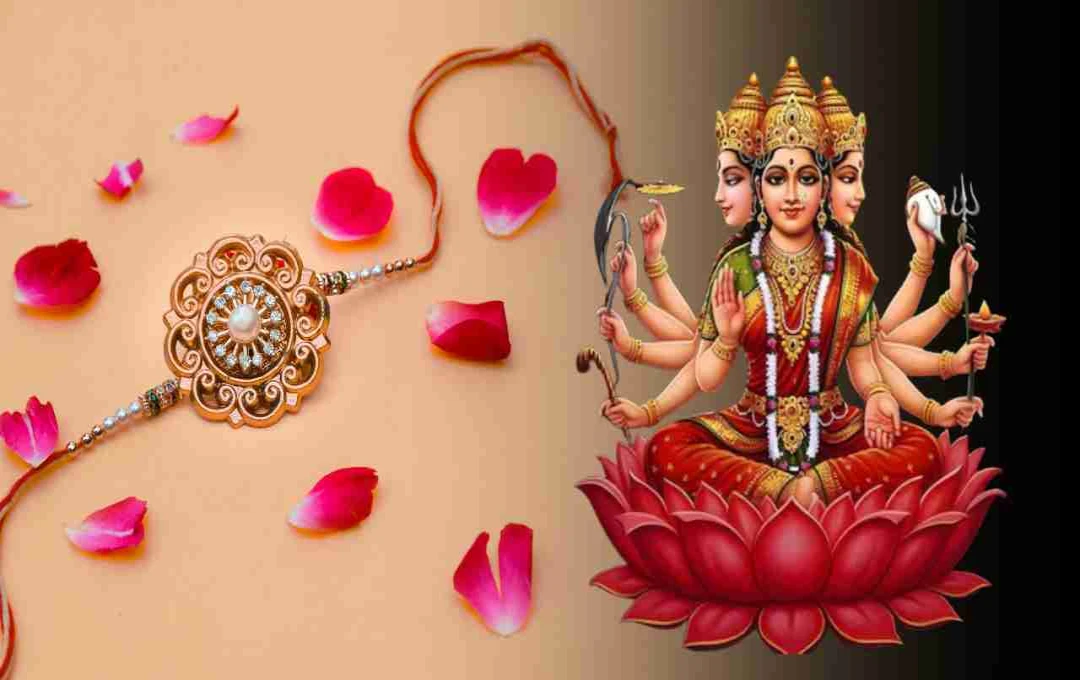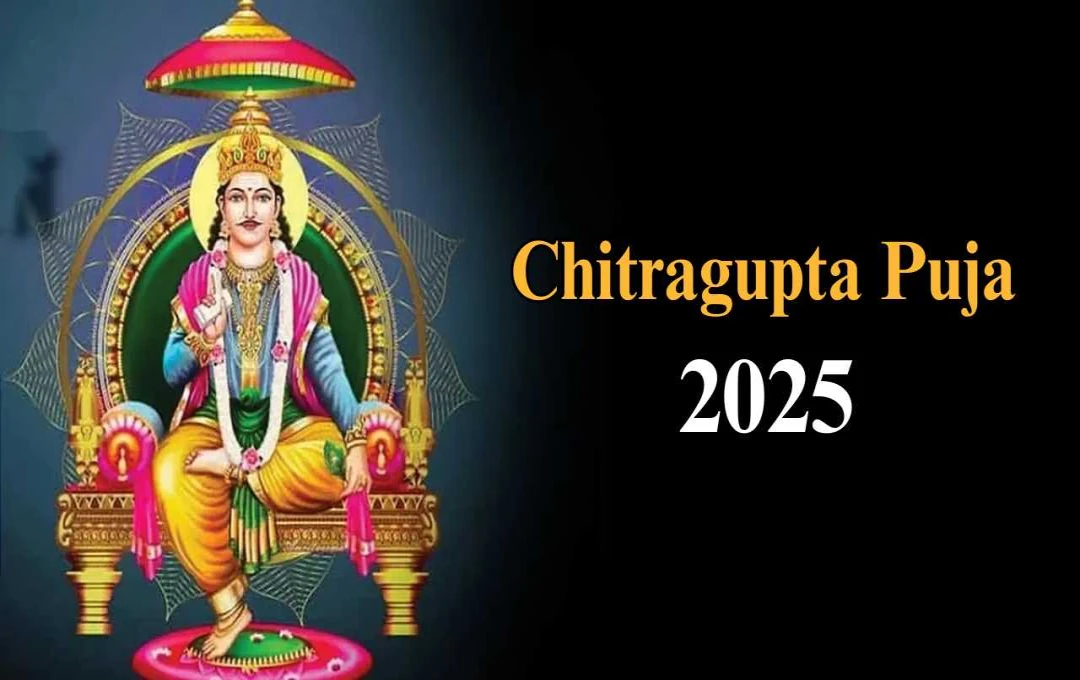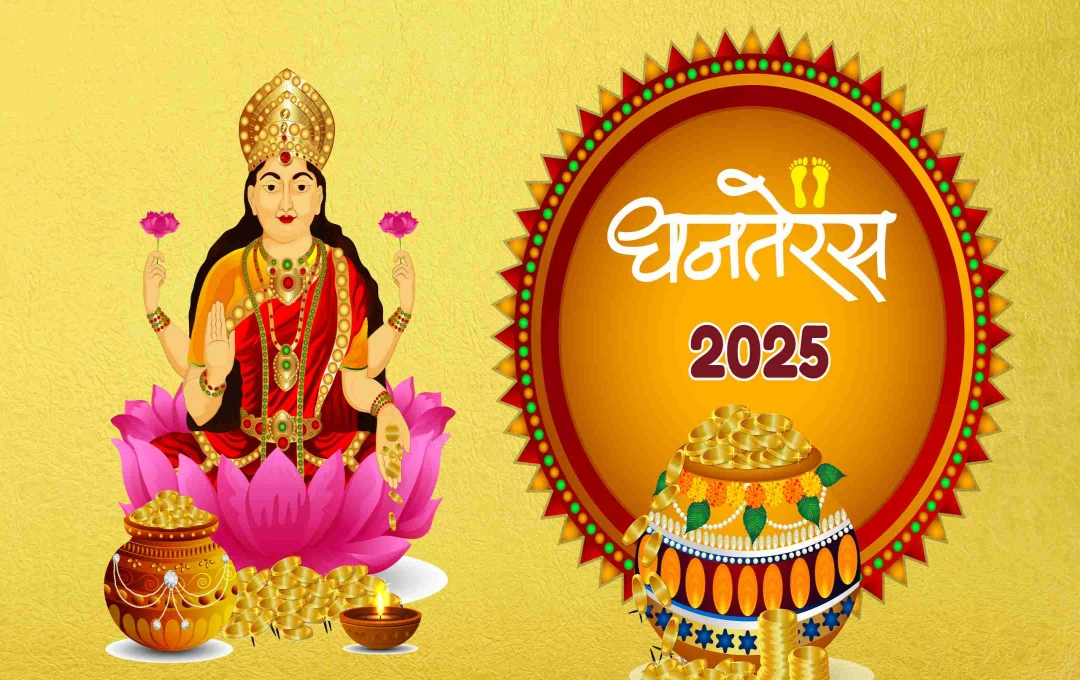The tradition of applying sindoor is deeply rooted in Indian civilization, spanning centuries. We will explore the origins of this practice, its initial adoption, and its profound religious significance. In Indian culture, sindoor for women transcends mere ornamentation; it symbolizes marriage, love, and devotion.
Hinduism, in particular, considers sindoor a mark of marital bliss. Filling a married Hindu woman's parting hair (maang) with sindoor is a time-honored tradition. But have you ever pondered its origins and the first person to adopt this practice?
What is Sindoor and its Significance
Sindoor is a red powder that married women apply to their hair parting. It's not simply an adornment; it holds deep religious and social significance in Indian culture. Hinduism, especially, views sindoor as the most prominent symbol of a woman's marital status. Upon marriage, the husband applies sindoor to his wife's parting, signifying her married status.
Sindoor is also considered a symbol of 'unbroken marital bliss,' representing a woman whose husband is alive and whose married life is happy and secure. It's believed that applying sindoor ensures the husband's longevity and maintains love, respect, and peace in the marital relationship. This is why married women apply it daily before prayers or when getting ready.
Religious texts also mention sindoor. Many stories depict it not just as an element of adornment but as a symbol of faith and devotion. It's a tradition that strengthens the husband-wife bond, diligently observed by many women even today.
Mention of Sindoor in Religious Scriptures
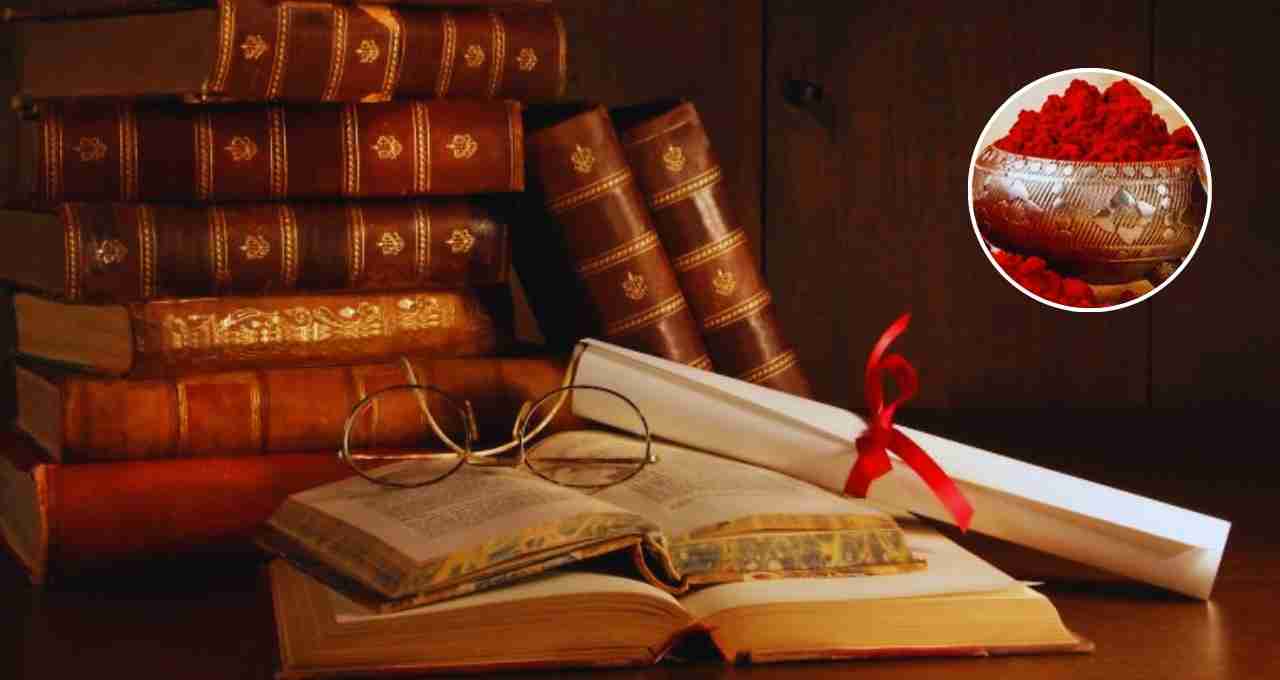
Sindoor's significance extends beyond mere cosmetics. It's an integral part of a sacred and important Hindu tradition. Many ancient texts and scriptures mention sindoor. Ancient Vedic texts like the Rigveda and Atharvaveda specifically mention married women applying sindoor, considering it a symbol of good fortune.
In the Vedic period, sindoor was called 'kumkum.' It was included among the 'Panch-Saubhagya' – five elements signifying a married woman's auspiciousness and marital well-being. These five elements include:
- Sindoor in the parting of the hair
- Flowers in the hair
- Mangalsutra (sacred marriage necklace)
- Turmeric on the face
- Toe rings
These elements served to identify a woman as married and ensure a happy marital life. According to scriptures, these symbols not only socially denote a woman's marital status but also signify her faith and devotion to her husband's longevity and well-being.
Who Started the Tradition of Applying Sindoor First?
The tradition of applying sindoor is ancient, associated with a beautiful religious narrative. According to the Shiva Purana, Goddess Parvati was the first to apply sindoor. After years of rigorous penance to obtain Lord Shiva as her husband, he granted her wish. After their marriage, Goddess Parvati adorned her parting with sindoor as a symbol of her love and marital bliss. This sacred moment marks the beginning of the sindoor tradition.
Goddess Parvati also proclaimed that women applying sindoor with faith and devotion would ensure their husbands' longevity and good fortune. Therefore, married women continue applying sindoor, praying for their husbands' long life and marital happiness. This tradition is not just a religious custom but a symbol of the couple's love and devotion. The practice began with Goddess Parvati's actions, continuing to this day with respect and belief.
Sindoor in the Treta Yuga: A Sacred Tradition
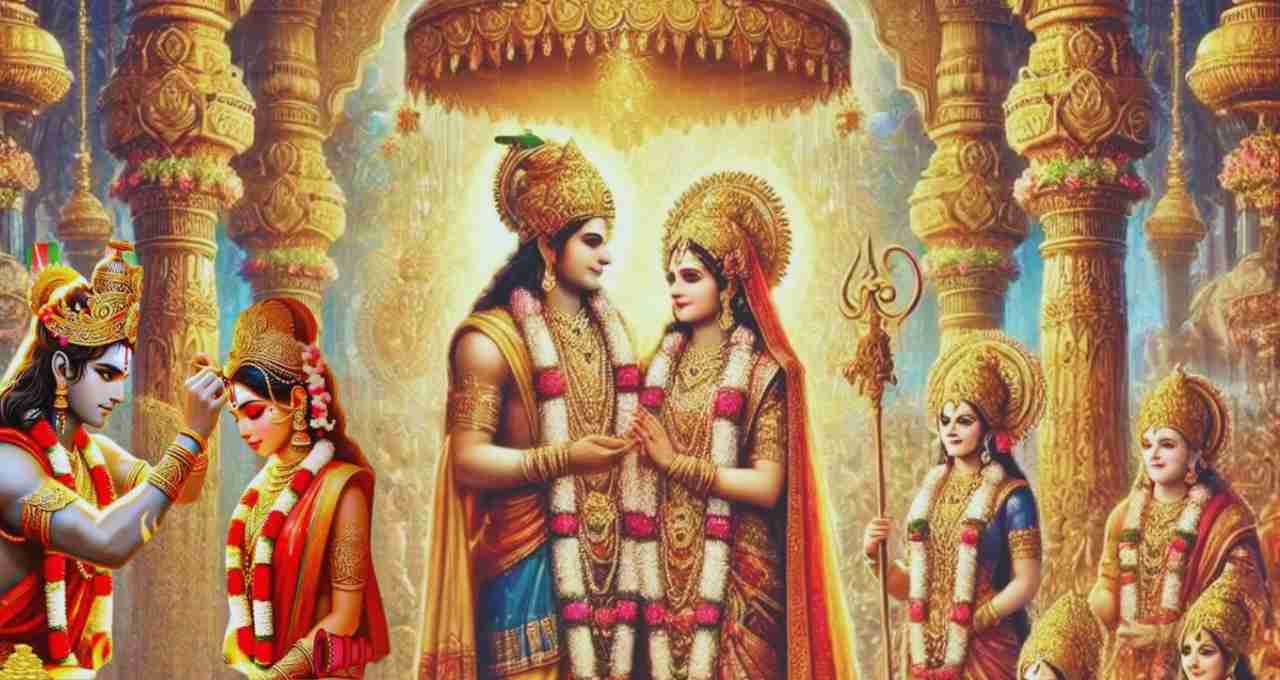
A poignant Ramayana story highlights sindoor's importance. Hanuman once observed Sita applying sindoor. Curious about its significance, he respectfully asked, "Mother, why do you apply this red color to your parting?" Sita smiled and replied, "I apply this sindoor for my husband, Shri Ram's long life and happiness."
Overwhelmed, Hanuman realized that if a small amount of sindoor could ensure Shri Ram's longevity, he would cover his entire body in it. He did so, expressing his devotion and love for Lord Ram. Since then, it's believed Hanuman holds a special affection for sindoor.
Even today, sindoor is offered to Hanuman's idols in temples, a testament to this belief. This story teaches us that sindoor represents love, devotion, and dedication, beyond a mere tradition.
The Sindoor Tradition in the Dvapara Yuga
The Dvapara Yuga, the era of the Mahabharata, further solidified the sindoor tradition. The Skanda Purana mentions Draupadi, a central figure, applying sindoor. As the wife of five Pandavas, she embraced sindoor as a symbol of her good fortune and her husbands' long lives. This confirms that the tradition extended beyond the Treta Yuga, maintaining its significance in the Dvapara Yuga.
A learned and virtuous woman like Draupadi's adoption of sindoor elevates the practice's sanctity. It became a symbol of women's self-respect, faith, and marital love. The tradition of applying sindoor has been an integral part of Indian culture for millennia, observed with the same devotion today.
The Sindoor Tradition in the Indus Valley Civilization
The sindoor tradition's history predates religious narratives. Evidence suggests its practice in the Indus Valley Civilization, one of the world's oldest. Excavations have unearthed figurines of women with a straight red line in their hair parting.
Experts believe this is sindoor, not mere ornamentation. This indicates women of that era also applied sindoor, showcasing its ancient origins. Archaeologists date these Indus Valley figurines to approximately 5000 years ago. This demonstrates sindoor's cultural significance beyond religion.
This suggests women then also valued sindoor as a symbol of good fortune, marital life, and faith. The tradition remains vibrant, a crucial part of every married woman's life. Sindoor is not just a color; it's a deep-rooted cultural identity.
Sindoor's Significance Today

Sindoor retains its special place in Indian culture. The "Sindurdan" ceremony at a wedding is considered sacred, where the groom applies sindoor to the bride's parting, marking the beginning of their married life. This signifies the bride's married status and her acceptance of her life partner. This tradition continues with reverence in rural areas, towns, and traditional families.
However, changing times have altered the practice in cities and some modern families. Some women don't consider sindoor essential, adopting it based on personal preference. Yet many women continue to apply it daily, connecting it to love, their relationship, and their faith.
For them, sindoor represents respect, security, and love for their husbands. The tradition has evolved, but its essence remains profound. Sindoor is not just a color but a deep-rooted part of Indian culture, faith, and tradition. From Goddess Parvati to Sita and Draupadi, sindoor has held a special place in Indian women's lives.
Religious scriptures and historical accounts clearly demonstrate that the sindoor tradition spans millennia, its significance extending beyond mere ornamentation to encompass a woman's emotions, love, and marital success.
